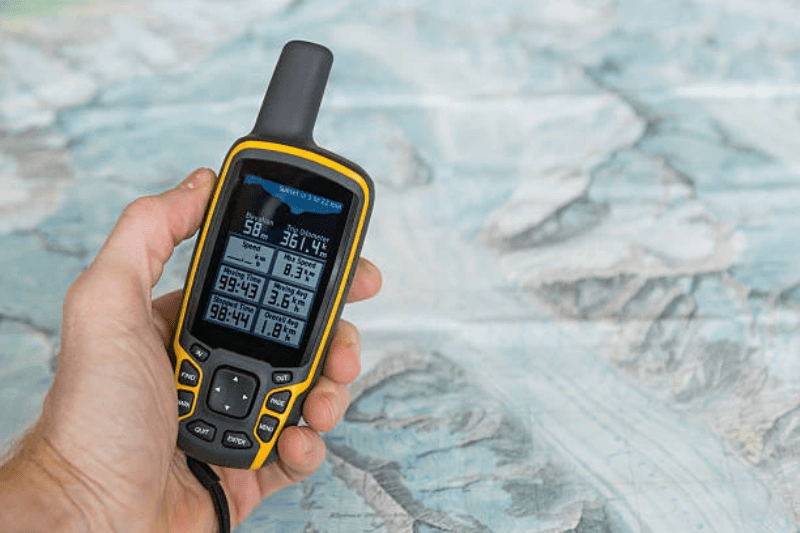Maximizing Efficiency with a Multiparameter Weather Sensor
Maximizing Efficiency with a Multiparameter Weather Sensor

When it comes to monitoring and analyzing weather conditions, a multiparameter weather sensor is a valuable tool that can provide accurate and insightful data. Whether you are a farmer looking to optimize irrigation practices, a researcher studying microclimates, or a hobbyist tracking weather patterns, having access to real-time information on temperature, humidity, wind speed, and more can help you make informed decisions and improve overall efficiency.
Understanding the Technology Behind Multiparameter Weather Sensors
Multiparameter weather sensor is sophisticated device that is designed to measure a variety of meteorological parameters in one compact unit. These sensors typically include sensors for temperature, humidity, pressure, wind speed, wind direction, and sometimes additional parameters such as solar radiation or precipitation. The data collected by these sensors can be transmitted wirelessly to a central monitoring system or accessed remotely through a smartphone app or website.
Benefits of Using a Multiparameter Weather Sensor
1. Accurate Data Collection: Multiparameter weather sensors are equipped with high-quality sensors that are calibrated to provide accurate and reliable data. This ensures that you can trust the information being collected and make decisions based on precise measurements.
2. Comprehensive Monitoring: By measuring multiple parameters simultaneously, multiparameter weather sensors provide a more comprehensive view of weather conditions compared to single-parameter sensors. This can help you gain a better understanding of how different variables interact and influence each other.
3. Time and Cost Savings: Instead of investing in multiple sensors to measure different parameters, a multiparameter weather sensor can streamline data collection and reduce the need for multiple devices. This not only saves money but also simplifies the monitoring process.
4. Remote Accessibility: Many multiparameter weather sensors offer remote monitoring capabilities, allowing you to access real-time data from anywhere with an internet connection. This flexibility enables you to stay informed and make adjustments to your operations as needed.
Applications of Multiparameter Weather Sensors
1. Agriculture: Farmers can use multiparameter weather sensors to monitor soil moisture levels, temperature, and humidity to optimize irrigation schedules and crop growth. This data can help prevent overwatering or drought conditions, leading to improved yields and resource conservation.
2. Environmental Monitoring: Researchers and environmental organizations use multiparameter weather sensors to study climate change, microclimates, and weather patterns. This data can provide valuable insights into how human activities are impacting the environment and inform conservation efforts.
3. Outdoor Recreation: Weather enthusiasts and outdoor enthusiasts can benefit from multiparameter weather sensors to plan outdoor activities and stay safe in changing weather conditions. Knowing current wind speed, temperature, and precipitation levels can help you make informed decisions about your outdoor adventures.
Tips for Using Multiparameter Weather Sensors Effectively
1. Proper Placement: To ensure accurate measurements, it is essential to place multiparameter weather sensors in an open, unobstructed area away from buildings, trees, or other sources of interference.
2. Regular Maintenance: Periodic calibration and maintenance of multiparameter weather sensors are necessary to keep them functioning properly and providing accurate data. This may involve cleaning sensors, replacing batteries, or updating firmware as needed.
3. Data Analysis: Make the most of the data collected by multiparameter weather sensors by analyzing trends, patterns, and correlations between different parameters. This can help you identify opportunities for improvement and make data-driven decisions.
In conclusion, a multiparameter weather sensor is a valuable tool for monitoring and analyzing weather conditions in various applications. By investing in a high-quality sensor and following best practices for placement and maintenance, you can maximize efficiency and make informed decisions based on accurate data. Whether you are a farmer, researcher, or outdoor enthusiast, a multiparameter weather sensor can help you stay informed and optimize your operations for success.
